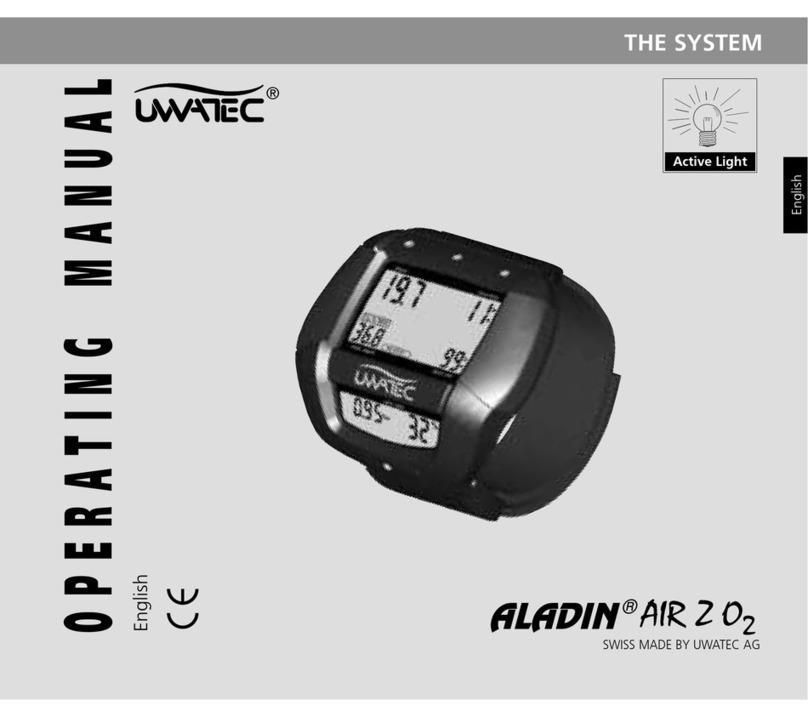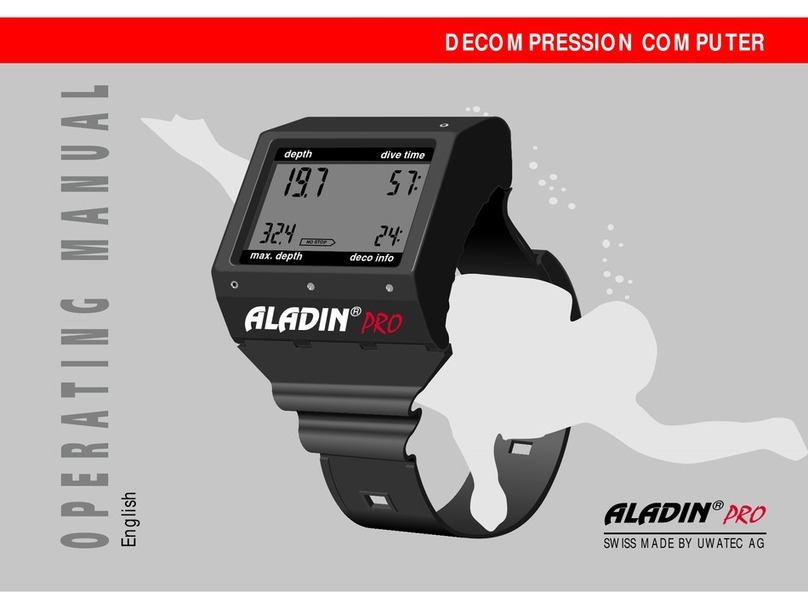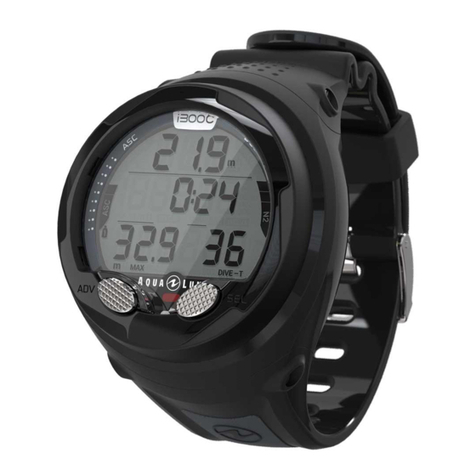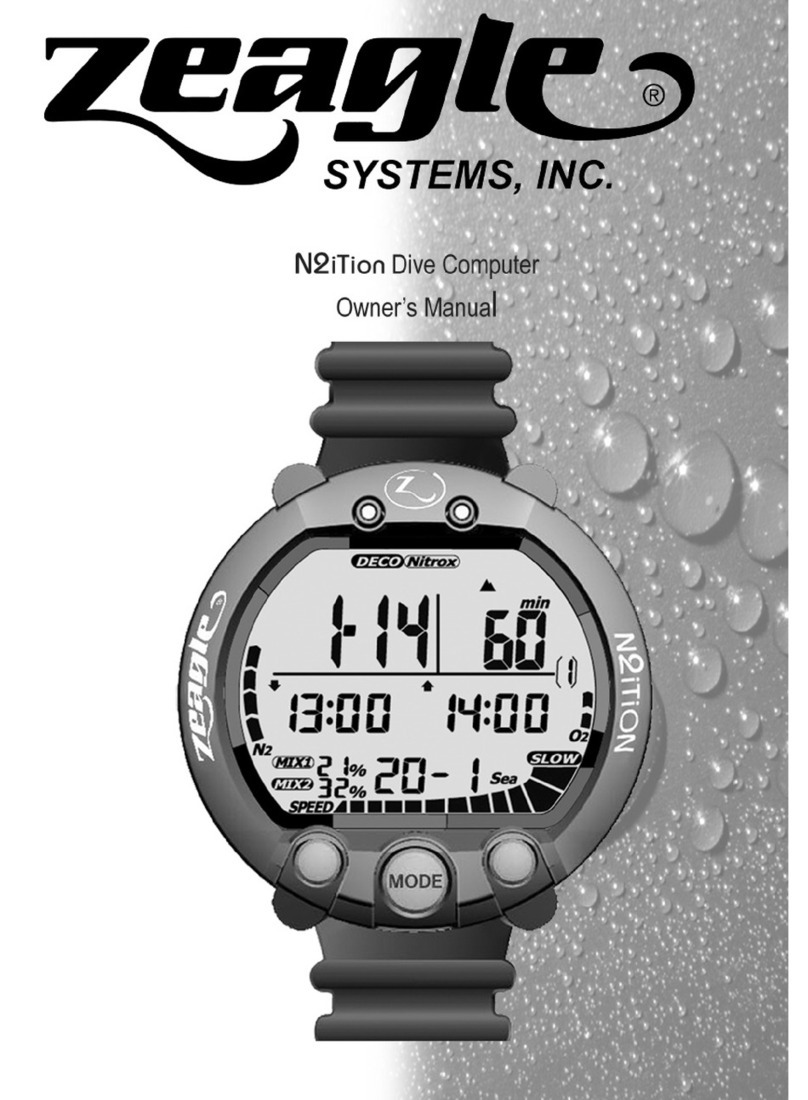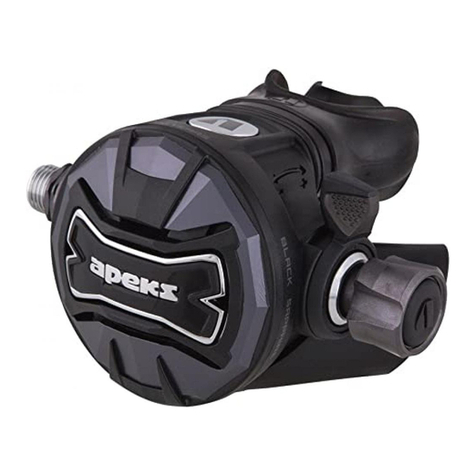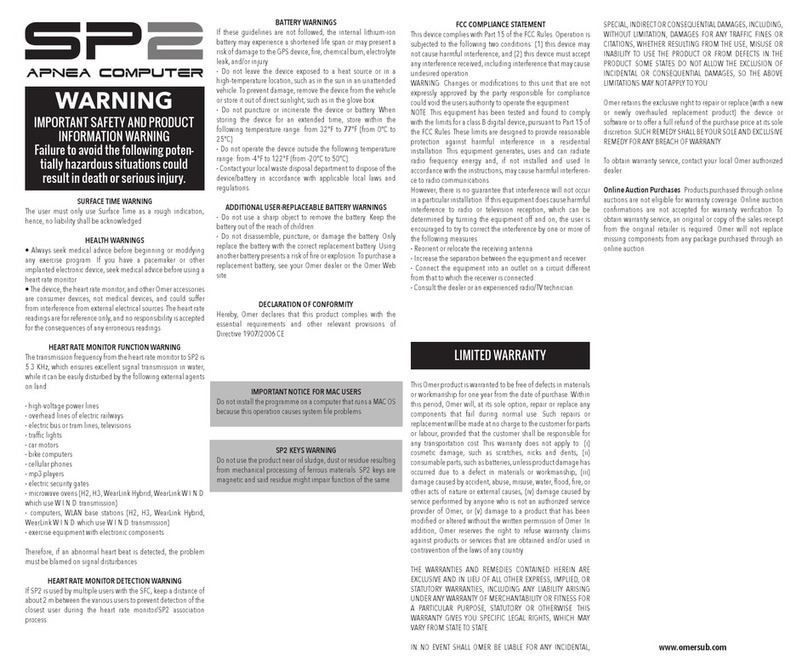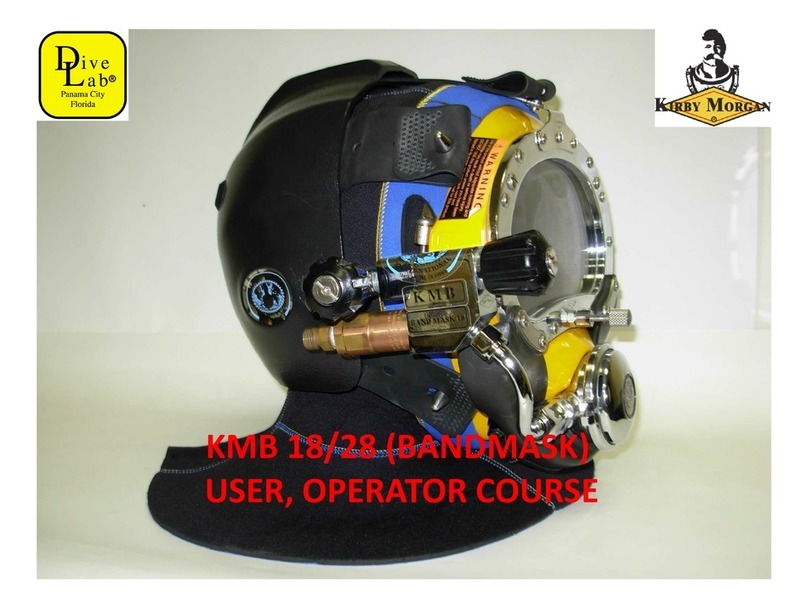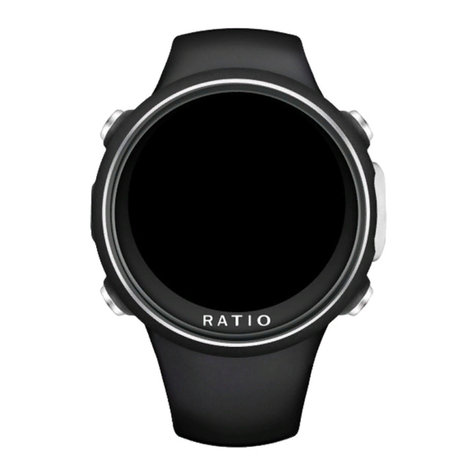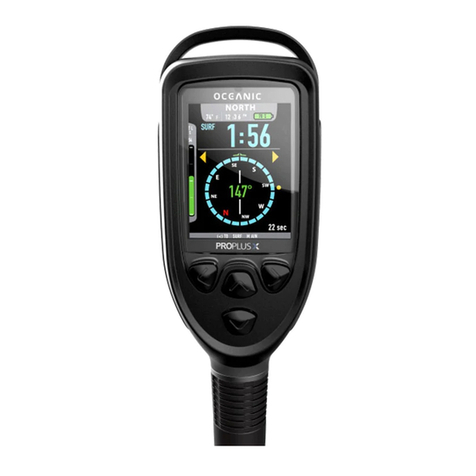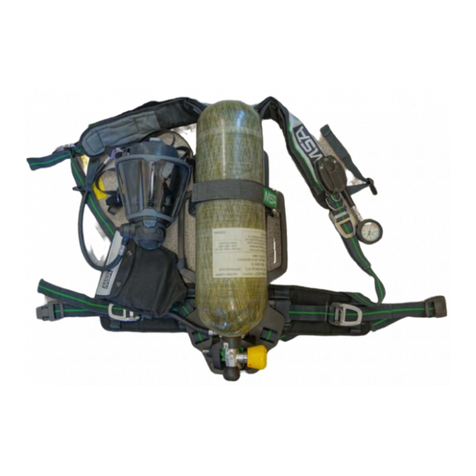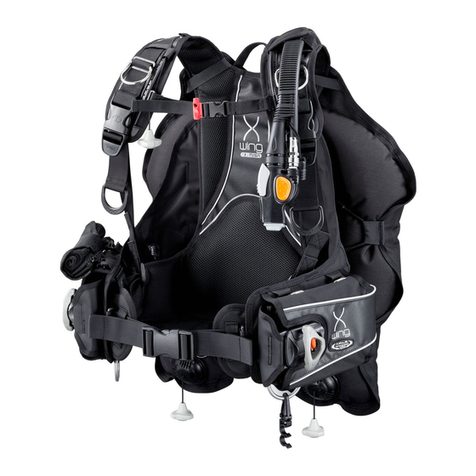7
Uwatec®Aladin®Air Z
List of chapters
Aladin®Air Z –Introduction ___________9
1 Aladin®Air Z –Reducing Your Risk of
Decompression Sickness________________10
2 Aladin®Air Z –Your Personal Companion_10
3 The Calculation Model ZH-L8 ADT _________
3.1 Description _______________________12
3.2 Advantages _______________________13
4 Safety in Diving _______________________14
Aladin®Air Z –The System ___________15
1 Description
1.1 Structure _________________________16
1.2 Reliability of transmission ___________17
2 Transmitter
2.1 Operating modes and functions______18
3 Dive Computer
3.1 Operating ________________________19
Active backlight ___________________20
3.2 Operating modes __________________25
4 Setting Up (Transmitter and
Dive Computer)
4.1 Mounting of the transmitter_________29
4.2 Pairing of transmitter and
dive computer ____________________31
Diving with Aladin®Air Z ____________33
1 Terminology/Symbols
1.1 Display during no-stop phase ________34
1.2 Display during decompression phase__35
2 Attention Messages and Alarms ___________
2.1 Attention messages ________________36
I
2.2 Alarms ___________________________37
2.3 Alarm low battery _________________38
3 Preparation for the Dive ________________38
4 Functions during the Dive
4.1 Dive time_________________________40
4.2 Current depth_____________________40
4.3 Maximum depth___________________40
4.4 Ascent rate _______________________41
4.5 Decompression information _________43
4.6 Tank pressure (only with transmitter)__45
4.7 Remaining bottom time RBT_________46
5 Functions at the Surface
5.1 End of a dive _____________________48
5.2 Desaturation time _________________48
5.3 No fly time _______________________49
5.4 Warning of bubbles________________49
6 Diving in Mountain Lakes_______________50
Diving at Reduced Risk with
Aladin®Air Z ________________________53
1 Diving at Reduced Risk with Aladin®Air Z
1.1 Diving at reduced risk______________54
1.2 Minimizing risk on repetitive dives ___55
1.3 Response in increased risk situations _56
Logbook ____________________________59
1 Survey_______________________________60
2 Selection and Activation________________61
3 Selection of Dive ______________________62
4 Leaving Logbook-Mode ________________63
5 Output on PC ________________________64
II
III
IV
V





